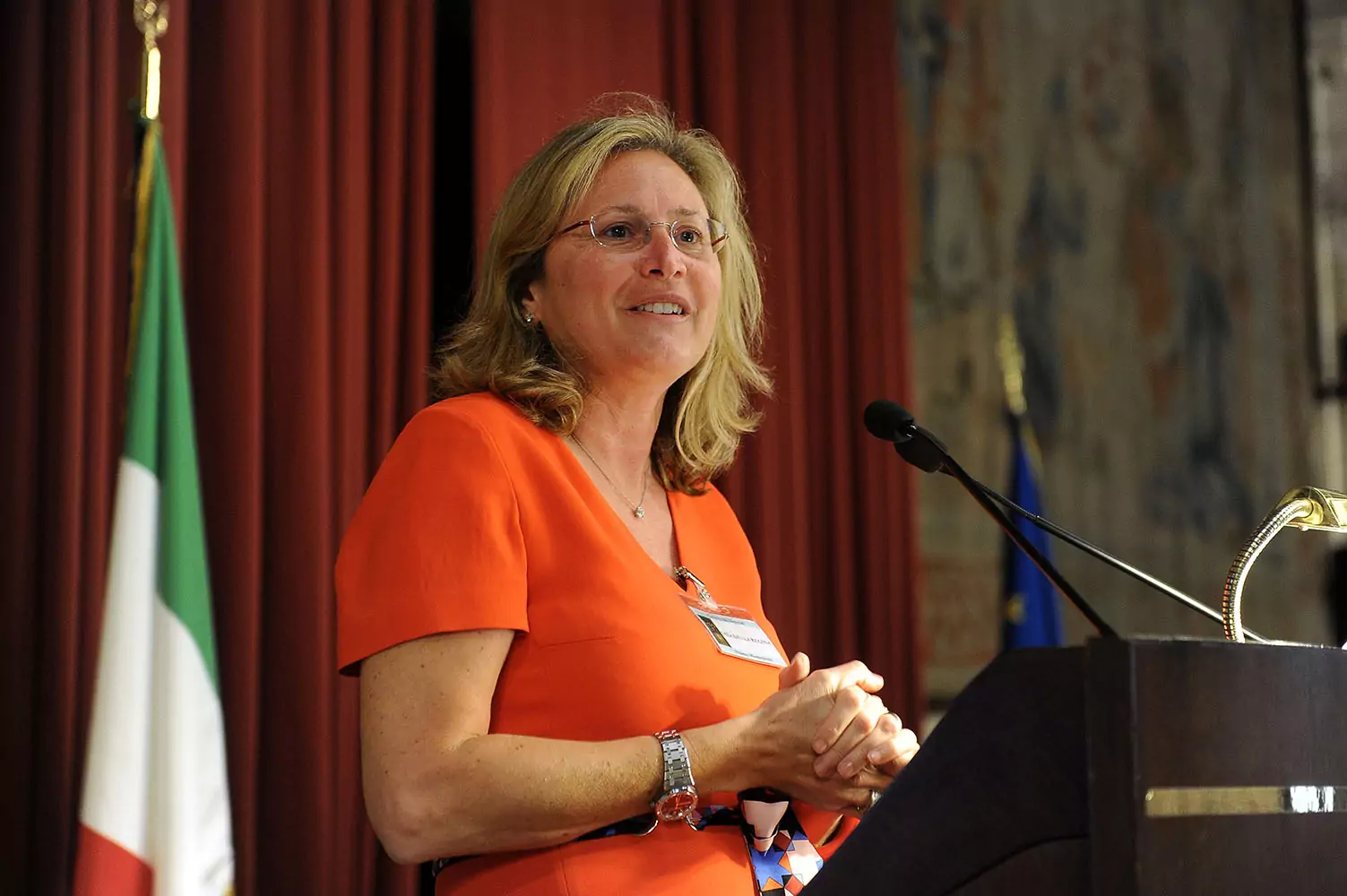In the first half of 2025, the life sciences sector will grow in importance within the innovation ecosystem: companies innovating in this field will account for 13.0% of the national total, up from an average of 11.8% in the period 2020–2024. This trend is driven mainly by start-ups, which rose to 12.8% (+1.4 p.p. compared to the first half of 2024), while innovative life science SMEs stood at 15%, still above the average but down from the 2024 peak.
Life sciences also ranks first in terms of VC investments, with €114.7 million raised; the five largest rounds account for 63% of the capital (€72.6 million), with a prevalence of transactions in the medtech sector. Considering the last five years, the total funds allocated to life sciences exceeded €1 billion. This is what emerges from the fourth edition of Listup, the research observatory created by Indicon dedicated to the Italian ecosystem of innovative companies, start-ups and SMEs operating in the life sciences sector. The report was presented in collaboration with the Lombardy Region and produced in partnership with Growth Capital, Italian Tech Alliance and InnovUp.
Artificial intelligence is emerging as a cross-cutting accelerator: 47% of new innovative life science companies founded in the first half of 2025 are AI-based, almost double the average of 26% for 2020–2024. In the first six months of 2025 alone, there were 83 new AI-based life science companies, signalling increasingly widespread adoption across the biotech, medtech and digital health supply chains.
In terms of geography, Lombardy consolidates its leadership: in the first half of the year, it is home to 30.6% of innovative life science companies (29.9% start-ups, 34.6% SMEs). Milan confirms its position as the national hub with a share of 24.8% in the first half of 2025, up from an average of 19.7% in the four-year period 2020–2024.
ESG factors also show distinctive signs in the sector: female governance in life science companies reached 17.3% in the first half of the year (compared to 12.0% of all innovative companies), while 21.4% of life science companies surveyed in the first half of 2025 held patents (compared to 18.3% of all innovative companies).
Paola Lanati, CEO of Indicon and vice-president of IAB, (pictured) comments in a statement: “The report highlights how life sciences represent one of the key sectors of innovation in Italy (13% of the total), as they are at an industrial level and in terms of VC fundraising. However, we are witnessing a mismatch between the start-ups that are being created and the allocation of funds, which are concentrated in traditional areas of biotech. Furthermore, as this sector is very capital intensive, it is essential to increase investment in excellent Italian research by both pension funds and foreign investors, but we must also work to increase the survival rate of companies and their ability to reach the market.
Alessandro Fermi, Councillor for Universities, Research and Innovation for the Lombardy Region, comments: “Lombardy is now the leading region in Italy for innovative start-ups and SMEs in the life sciences: a result that stems from targeted policies and structural investments. In the three-year period 2024-2026, we have mobilised almost one and a half billion euros to strengthen research, innovation and technology transfer, implementing 30 initiatives shared by 12 directorates-general. These include Rafforza&Innova, which supports SMEs in their dialogue with research bodies, and the call for proposals for Research Infrastructures for Technology Transfer, designed to strengthen the link between universities and businesses. Our goal is clear: to make research a driver of competitive and sustainable development, capable of generating economic and social value for the whole of Lombardy.
Emanuele Monti, president of the IX Permanent Commission – social sustainability, home and family, Lombardy Region, says: “In life sciences, Lombardy has grown from 27.1% to 30.6% of innovative Italian companies, with Milan rising from 19.7% to 24.8%. These figures confirm Lombardy as the leading national driver of innovation, thanks to an ecosystem where research, business and healthcare work together in a concrete and continuous manner.”
Francesco Cerruti, general manager of Italian Tech Alliance, emphasises: “We often say that investing in innovation is not just about giving resources to promising entrepreneurs, but also about making a concrete effort to build a better country and a better world. There are few areas where this is truer than in life sciences, a sector of Italian excellence in which, more than any other, the success of an innovative company is inextricably linked to improving conditions for everyone. Research and innovation are the two pillars on which every forward-looking company should be based, and they find their ideal combination in life sciences.
Giorgio Ciron, director of InnovUp, emphasises: “We are delighted to have contributed once again this year to the publication of the Listup Observatory, which confirms the increasingly important role of the life science start-up sector as a driver of development for the national economy. In this context, it is impossible not to highlight Lombardy’s prominent role as a driving force for the development of life sciences, thanks to the intersection between start-ups, industry, research and service providers. The data highlights the continuation of a trend already observed in recent years: in Italy, the life sciences sector continues to attract significant investment in research and development, to record steady growth in exports and to consolidate the excellence of the healthcare system. In this context, collaboration between companies in our industrial fabric and innovative start-ups and SMEs is becoming increasingly strategic, a determining factor in promoting competitiveness, sustainable growth and the creation of skilled jobs’.
ALL RIGHTS RESERVED ©
